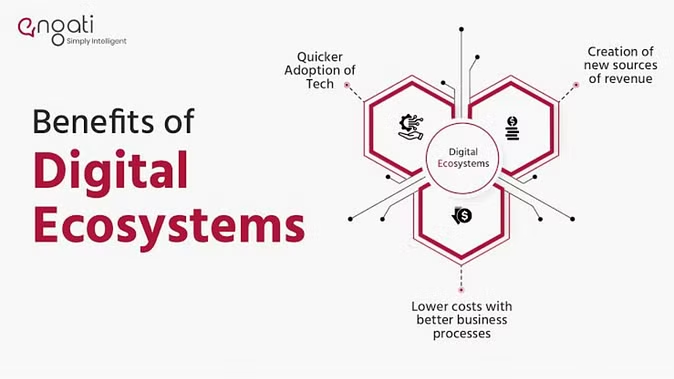Whitelist framework will make the digital ecosystem reliable, ensure customer safety

New Delhi| India’s internet economy has grown rapidly during the last decade. Digital democratization has created a vast market for digital services. With over 90 crore smartphone internet connections, the Indian digital ecosystem has transformed itself from an exporter of software and skilled labor to the world’s largest real-time payments market.
Retail digital payments have increased by 50.8 percent between 2017 and 2023. Today our digital ecosystem is considered to be the fastest growing market in the world. In 2014 it contributed 4.5 percent to India’s GDP and is expected to contribute 20 percent to GDP by 2026.
Life has definitely changed for the common Indian. The Internet economy has provided unprecedented access and convenience. There has been massive digital transformation in sectors such as e-commerce, health, insurance and investment, creating millions of opportunities for new entrepreneurs. Perhaps that is why it is no surprise that many unicorns have become indispensable partners in our everyday lives.
There are many contributors to this big change, one of which is the gaming sector. The Indian online gaming market with over 45 crore gamers (0.18 crore of whom are e-sports players according to PWC) is projected to reach Rs 66,000 crore with a compound annual growth rate (CAGR) of 14.5% between 2023-2028.
However, with this rapid growth, many cyber related problems have also emerged. Today we are seeing an increase in many cases where customers have fallen into the trap of fraudulent elements, resulting in financial losses. If I highlight a few recent examples
In August 2024 Indian investigative agencies busted a fintech scam in which funds were being siphoned off through a complex network of Indian and Chinese citizens, instant messaging apps, companies and crypto exchanges. In many cases, agencies cracked down on Chinese loan apps that implicated unsuspecting consumers in exploitative lending practices. Another Ahmedabad-based fintech company was accused of using 150 bank accounts to launder hundreds of crores of rupees through illegal betting. These are just a few examples, but they highlight one important thing that consumers were unaware that the apps they were using were illegal, and that their data was being used for illegal activities.
A practical way to deal with this problem in the gaming sector could be to create a ‘whitelist’ framework. In simple words, ‘Whitelist’ is a system that differentiates between legitimate and illegal businesses or apps. This mechanism can be equally effective for all sectors of the digital economy such as fintech, gaming, crypto, OTT or social media.
Separating legitimate apps from illegal apps may seem like a regulatory puzzle, but it can be simplified through four easy questions. To maintain proper checks and balances, government needs to know…
1. Is the company registered in India and has its offices located in India?
2. Is the company registered to pay GST in India?
3. Does the company itself declare that it follows the laws applicable to tax, grievance redressal, advertising and product/service quality related to its sector?
4. Businesses that follow the above criteria can be considered to be acting in good faith and can be given a ‘symbol of trust’, which will help in separating right from wrong.
Cyberspace and the crimes in it are based on anonymity, where nameless, unidentifiable elements remain active. By creating a ‘symbol of trust’, consumers can recognize legitimate businesses that provide legal and high-quality services and products, and distinguish them from illegal and temporary operators. An offline example of this is the ‘ISI’ mark, which has become a standard mark of quality and compliance for products since 1950.
On the one hand, it helped consumers identify and purchase quality products, and on the other, it set a standard for manufacturers who wanted to trade in the market. The digital ecosystem needs a similar ‘symbol of trust’ that can assure customers that the product is legal, authentic and in line with the digital laws of India.
Responsibility for this confidence-building effort should not rest solely on the shoulders of businesses. Not all businesses can consider this necessary, and more importantly, customers cannot rely on ‘symbols of trust’ that are created by private businesses. Therefore, a coordinated and collective effort between industry, government and society is needed to stay ahead of the rapidly changing digital age.
The ultimate goal is the same for everyone. Devising safeguards, enabling consumers and industry to be protected from temporary and illegal operators. It has now become the key mission to achieve our national goal, a trillion dollar digital economy.







